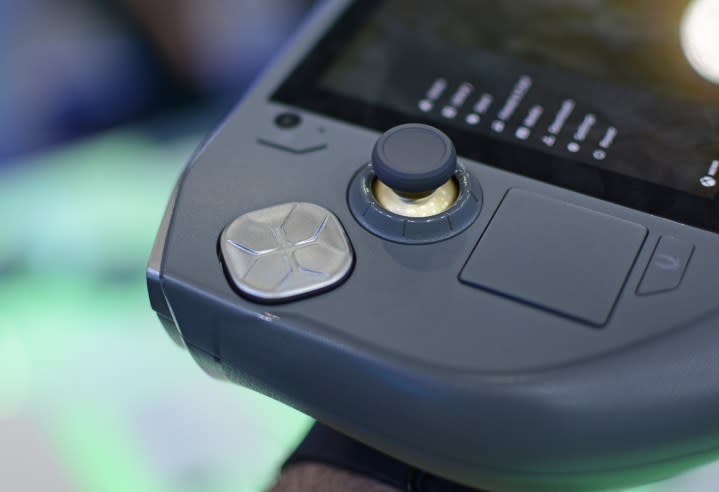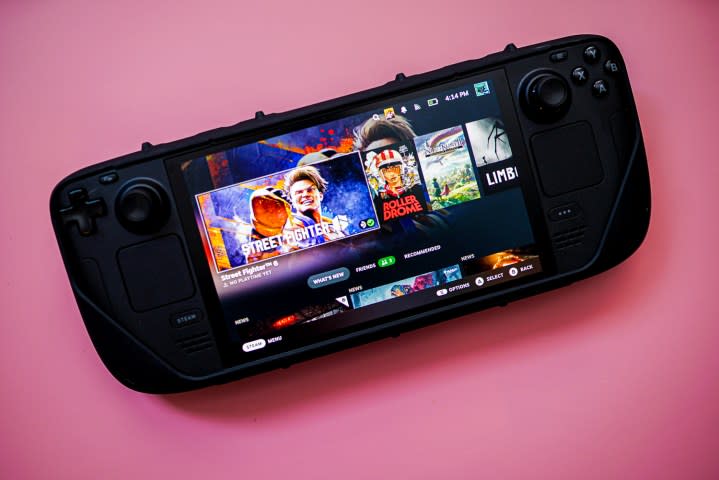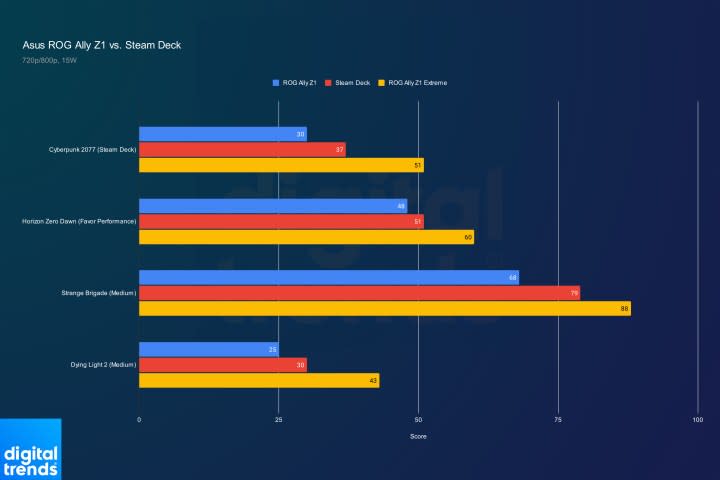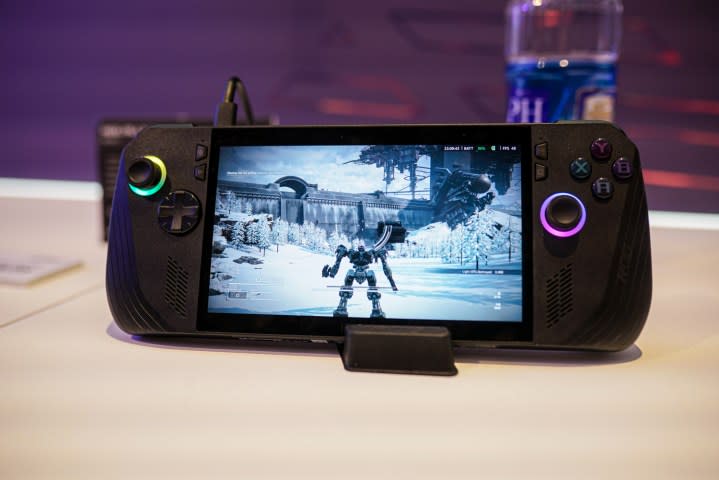This new gaming handheld has a chance of dethroning the Steam Deck OLED

Computex 2024 was a gateway for new handheld gaming consoles, but there was one in particular that truly stood out. The new Zotac Zone is the company’s first attempt at making a handheld console, and early impressions are quite positive. Not only does it come with some unique features but it is also one of the only handhelds on the market that features an AMOLED panel.
The only other device that comes close to offering such a display is the Steam Deck OLED. But how do these two handheld consoles fair when compared to each other? Let’s have a look.
Price and availability
The Steam Deck OLED was launched in November last year, and unlike its LCD version, it is available in only two configurations: a 512GB model for $550 and a 1TB model for $650. Notably, the higher-storage model features an etched glass display that is said to be more resistant to glare.
Zotac on the other hand plans to launch its new handheld somewhere by the end of September this year. As of now, the company has confirmed a single 512GB storage variant with 16GB memory and an expected price of $700. The company says that the final retail pricing will be confirmed closer to the launch date.
If Zotac ends up launching its handheld at the above-mentioned price, the Steam Deck OLED is going to be the clear winner in terms of value. On the other hand, it is important to consider that the Zotac Zone will have an added advantage when it comes to overall features, especially since it runs on full-fledged Windows 11.
Steam Deck OLED | Zotac Zone | |
CPU | AMD Zen 2 CPU 4c/8t 6nm process | AMD Ryzen 7 8840U 8c/16t 4nm process |
Graphics | AMD APU RDNA 2 8c 6nm process | AMD Radeon 780M RDNA 3 12c 4nm process |
RAM | 16GB LPDDR5 6400MHz | 16GB LPDDR5X 7500MHz |
Storage | 512GB/1TB SSD | 512GB |
Display | 7.4-inch OLED, 1280 x 800 | 7-inch AMOLED, 1920 x 1080 |
Refresh Rate | 90Hz with VRR | 120Hz |
Connectivity | USB Type-C Wi-Fi 6E MicroSD card reader | Dual USB 4.0 Type-C |
Battery | 50Whr | 48Whr |
Weight | 1.41 pounds | NA |
Dimensions | 298 x 117 x 49mm | 310 x 135 x 40mm |
While the Steam Deck OLED holds up on its own, the Zotac Zone is more high-end in almost every aspect. It is powered by the more recent AMD Ryzen 7 8840U APU with eight cores and 16 threads, paired with Radeon 780M graphics. The handheld also comes with faster 16GB of LPDDR5X RAM, which should result in faster performance, while the inclusion of dual USB 4.0 Type-C ports means higher bandwidth and more flexibility in terms of charging.

Possibly the only area where the Steam Deck OLED may have a slight edge is that its OLED panel, despite having a lower resolution and refresh rate, offers higher brightness and supports variable refresh rate. The Steam Deck also comes with a marginally larger battery on paper, but depending on various factors, it is highly possible that the output, in terms of battery backup, may not vary by much.
Performance
I got a chance to play with the Zotac Zone last week at Computex 2024. It managed to deliver great results in Forza Horizon 5 and Horizon Forbidden West, but I wasn’t fully impressed as the handheld is not fully optimized and requires some tweaking. Now since it was a pre-production unit, I wasn’t able to do thorough testing that could help in comparing performance with the Steam Deck OLED.
Fortunately, we do have a comparison of the Steam Deck against the Asus ROG Ally with AMD’s Z1 Extreme chipset, which is more or less similar to the Ryzen 7 8840U that will be powering the Zotac Zone.
As per testing done by our very own Jacob Roach, the ROG Ally is over 50% faster than the Steam Deck, while the OLED variant should deliver just a few extra frames compared to the LCD version. Even at its higher 1080p resolution, the ROG Ally with the Z1 Extreme chip delivers decent frames and has the capability of running between 7W and 30W, while the Steam Deck OLED only operates between 4W and 15W.

It is important to note that the upcoming Zotac Zone will come with LPDDR5X memory clocked at 7500MHz, which is faster than both the ROG Ally and Steam Deck OLED.
Just like the ROG Ally, the operating system is going to be a crucial factor. Running on Windows 11, the Zotac Zone will not only offer access to your Steam library but also have the option of other services like Xbox Game Pass, Epic Games Store, and a plethora of emulators to choose from.
New OLED champion?

The Steam Deck OLED is not going to stand a chance against the upcoming handheld from Zotac. The Zone features all the right ingredients including an AMOLED panel with a higher resolution and faster refresh rate, a more powerful CPU paired with fast memory, and overall some interesting features like a front-facing Windows Hello camera, rotating jog dials, and dual USB Type-C ports.
If you are saving up to buy a new handheld console, my suggestion would be to wait for at least a few more months. Apart from the Zotac Zone, Asus is going to launch the refreshed Ally X, which promises better battery life and additional features. Not to forget, the MSI Claw 8 AI+ powered by Intel’s new Lunar Lake-based chipset is also in the works.


